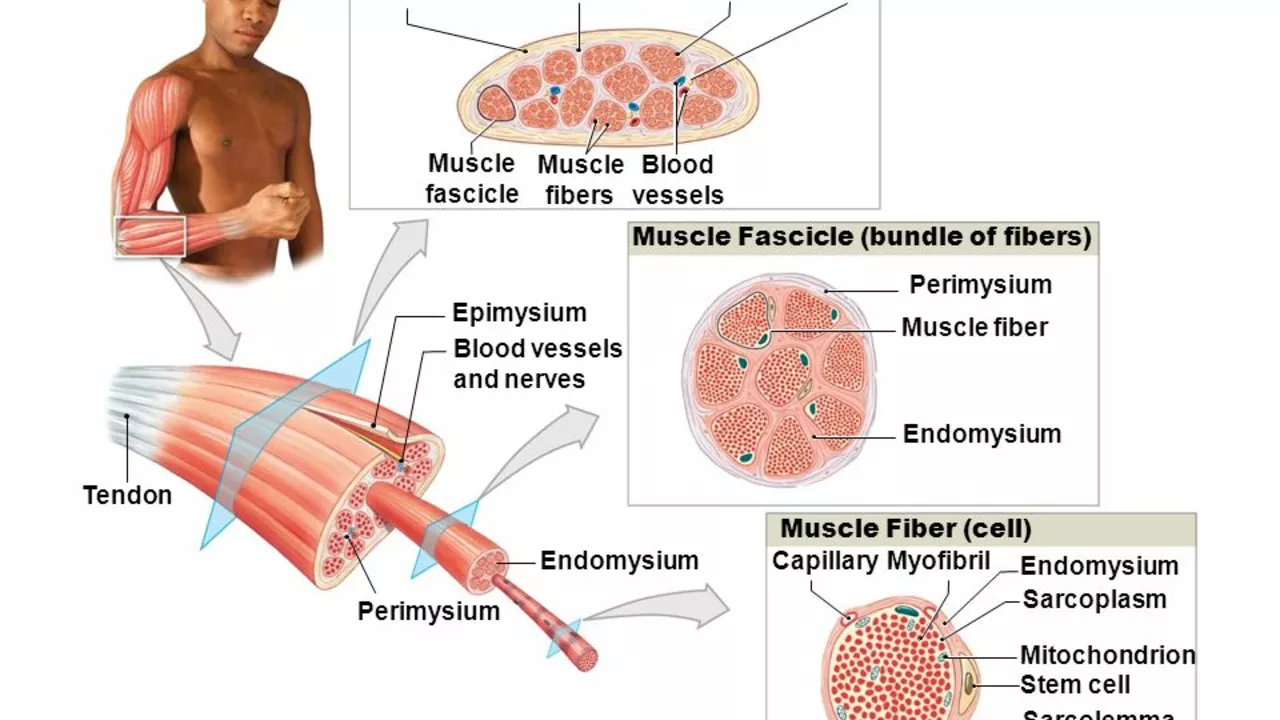Muscle degeneration—also called muscle loss or atrophy—shows up as less strength, smaller limbs, and harder daily tasks. It can come from aging, injury, illness, or just sitting too long. This guide gives clear signs to watch for and practical steps you can start now to protect or rebuild strength.
Why muscles break down? The most common causes are aging (sarcopenia), being inactive after surgery or illness, poor nutrition, nerve problems, and chronic diseases like diabetes or COPD. Some medications can worsen muscle loss. Finding the cause helps pick the right fix.
You may see clothes fit differently, have trouble rising from a chair, or feel slower on stairs. Frequent fatigue with light tasks, less grip strength, and more falls are red flags. If weakness appears quickly or affects one side more than the other, seek medical attention right away.
1) Start strength work. Aim for two strength sessions per week. Focus on big moves: squats or sit-to-stands, step-ups, rows, and push exercises. Use bodyweight, resistance bands, or light dumbbells. Even 20–30 minutes makes a difference. If you have pain or health issues, work with a physical therapist for a safe plan.
2) Eat more protein. Older adults often need more protein to keep muscle. Try for about 1.0–1.5 g per kg of body weight daily if you’re recovering or older. Spread protein across meals: eggs at breakfast, chicken or beans at lunch, fish or dairy at dinner. A small protein snack after exercise helps too.
3) Check vitamin D and other labs. Low vitamin D, thyroid problems, or low testosterone can speed muscle loss. Ask your doctor for simple blood tests and treat any deficiencies.
4) Treat underlying issues. If nerve damage, inflammation, or chronic illness is the root cause, managing that problem stops further loss. Don’t assume it’s just “old age.” Proper diagnosis matters.
5) Stay active safely after illness. Long bed rest causes fast muscle loss. Ask for a graduated movement plan after hospital stays—short walks, ankle pumps, and seated leg lifts help preserve muscle even when you’re weak.
When to see a doctor: sudden weakness, breathing trouble, one-sided muscle loss, severe pain with weakness, or rapidly worsening mobility. These signs need prompt evaluation.
Keep it routine. Track progress with simple measures: time to stand from a chair, how many steps you can walk, or how much weight you can lift. Combine strength work with balance and flexibility to reduce fall risk. Community classes and home programs work well if you need motivation or social support.
Muscle loss is common but often manageable. With targeted exercise, better nutrition, and medical help when needed, most people can slow decline and regain useful strength. Start small, be consistent, and ask for help when you need it.

In my latest research, I've been looking into how aging affects our skeletal muscle conditions. It's apparent that as we age, our muscles gradually lose strength and mass, which is a process known as sarcopenia. This not only leads to greater frailty, but it also contributes to imbalances and falls, increasing the risk of fractures. Additionally, the body's ability to repair muscles decreases with age, making recovery from injury slower. It's a stark reminder of the importance of maintaining muscle health and strength as we grow older.